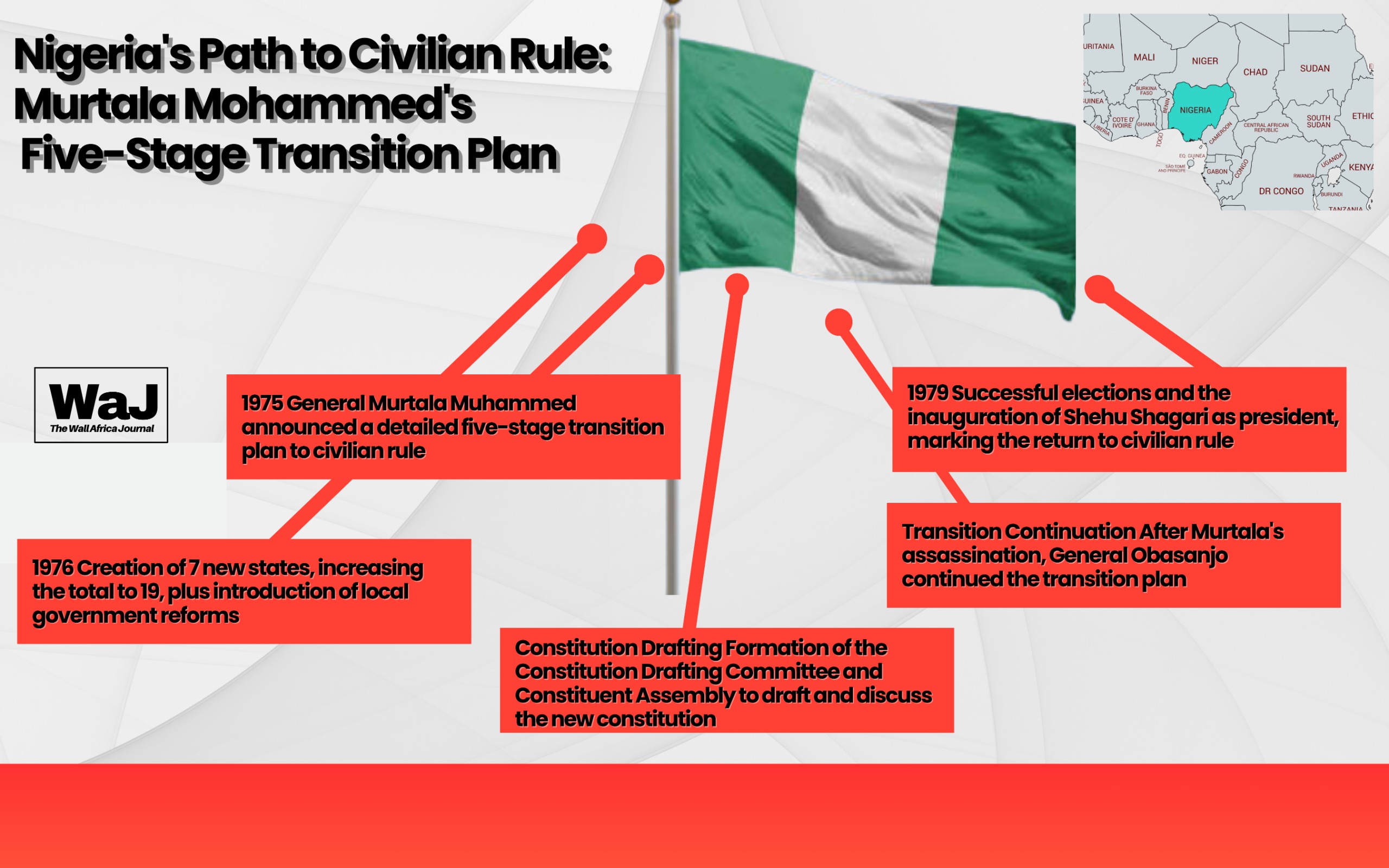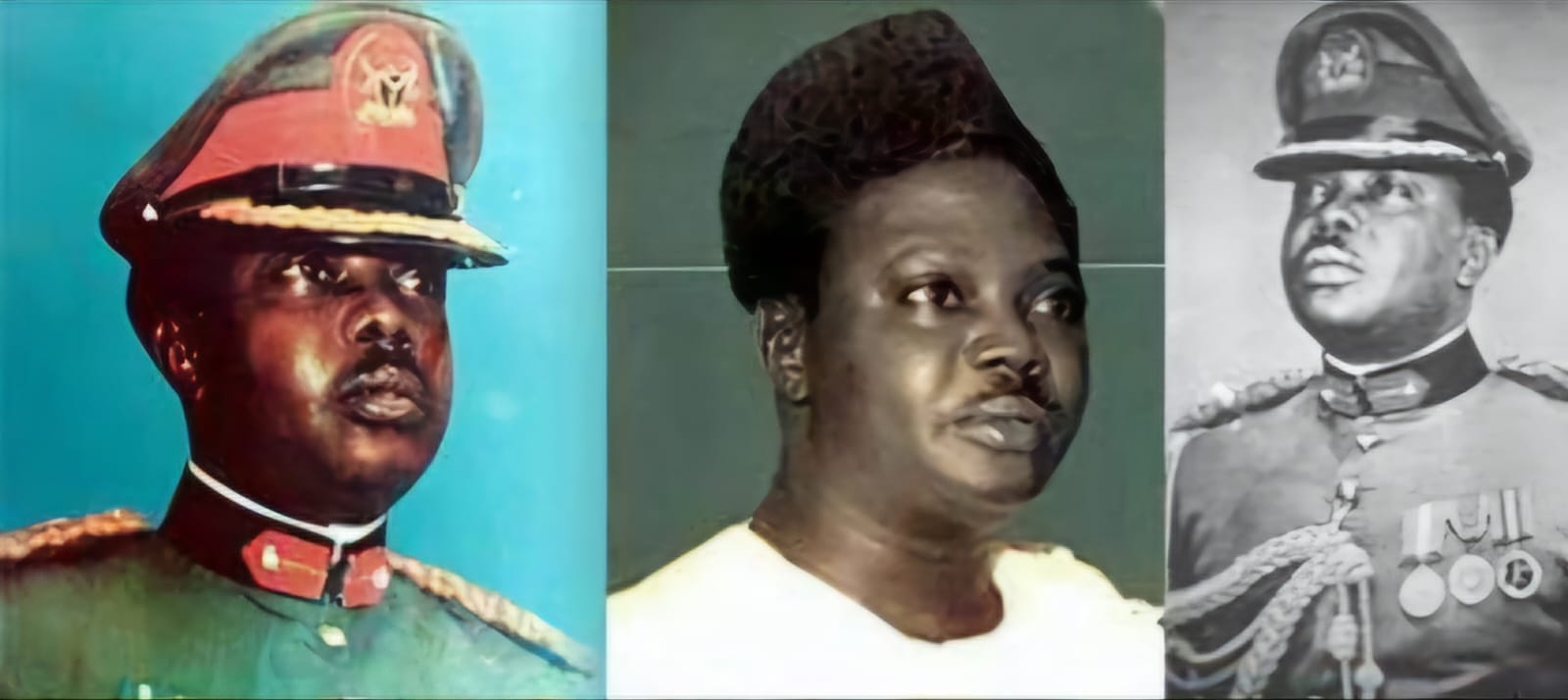In 1975, Nigeria was engulfed in political unrest due to widespread dissatisfaction with General Yakubu Gowon’s administration, which was riddled with corruption and inefficiency. Gowon’s inability to manage his subordinates and his broken promise to transfer power to civilians by 1976 left many citizens disillusioned. This widespread discontent led to a bloodless coup in July 1975, orchestrated by General Murtala Muhammed.
The newly established regime, describing itself as corrective, aimed to restore the military’s reputation, combat corruption, and set the stage for democratization. One of their first actions was to remove corrupt and ineffective officials from the judiciary, parastatals, and the military. On October 1, 1975, General Muhammed announced a comprehensive five-stage transition plan to civilian rule, spanning from 1975 to 1979. This plan included structural reforms, the creation of new states, and the reorganization of local government systems to ensure a smooth transition.

The constitution-making process began with the formation of a Constitution Drafting Committee (CDC) and a Constituent Assembly (CA) tasked with discussing the draft constitution. However, the transition was abruptly interrupted by Muhammed’s assassination in February 1976. His successor, General Olusegun Obasanjo, committed to continuing the transition plan.
In February 1976, following recommendations from the Irikefe Panel, seven new states were created, bringing Nigeria’s total to nineteen. This expansion aimed to decentralize government, address minority concerns, and foster balanced development. The 1976 local government reforms introduced a uniform system of local governance, recognizing local governments as the third tier of government. However, these changes increased the financial reliance of states and local governments on the federal government.
The CDC, predominantly composed of professionals, academics, and bureaucrats, submitted a draft constitution in September 1976, sparking nationwide discussions. This led to the establishment of the CA, which deliberated on the draft constitution. The CA’s debates were often contentious, particularly regarding the establishment of a federal Shari’a court of appeal and the criteria for creating additional states. The CA completed its work in August 1978, and the constitution was enacted in September 1978 after amendments by the Supreme Military Council (SMC).

To oversee the electoral process, the Federal Electoral Commission (FEDECO) was established, and five political associations were registered as parties. State and federal elections were held in 1979, culminating in the inauguration of Shehu Shagari as president on October 1, 1979. This marked the successful transition to civilian rule. However, the nascent Second Republic began on a shaky foundation, poised to face significant political and economic challenges.


